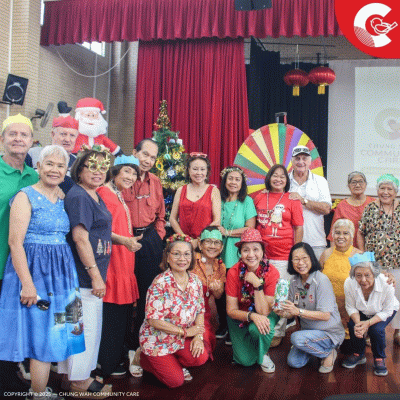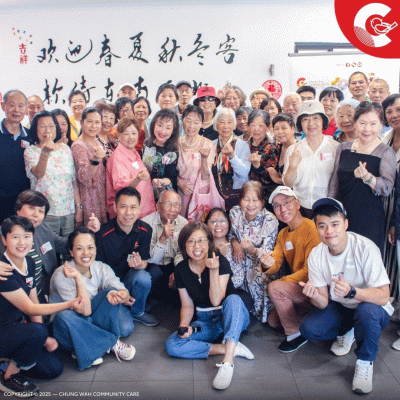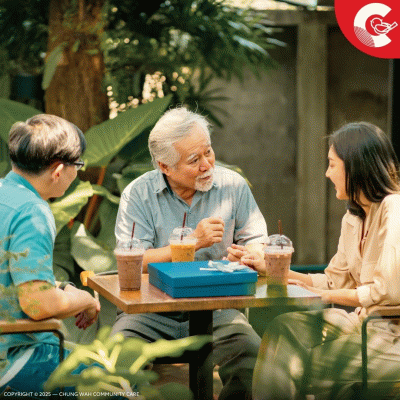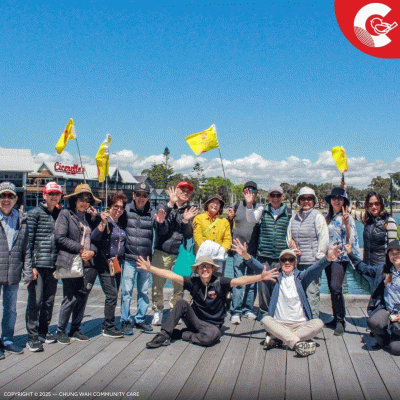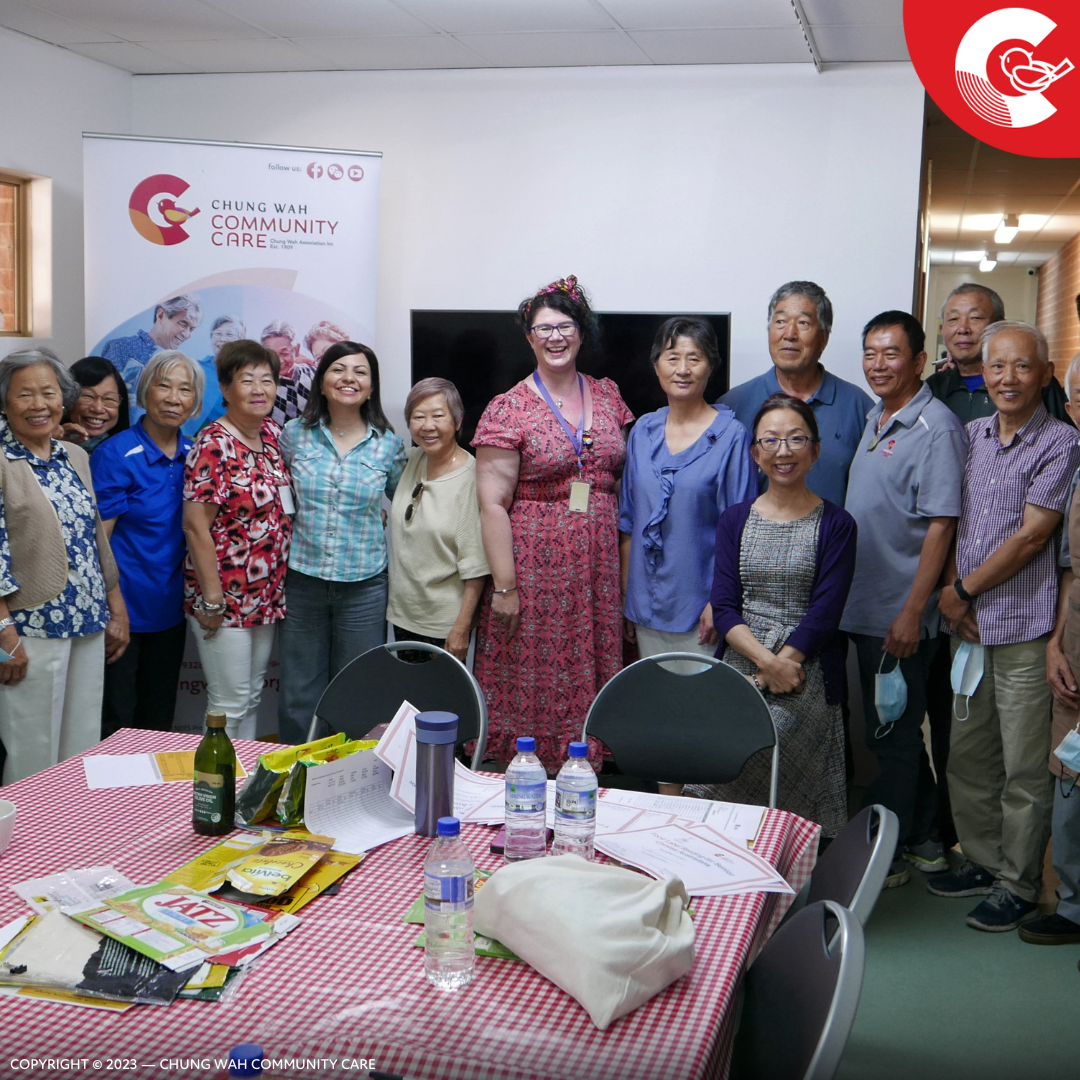
There are various kinds of food packaging in the market. But how would you know if they are considered healthy or garbage food? Most people only check the manufacturer and expiry date but ignore some vital information. In fact, there are secrets hidden within the food labels. Today, we learn how to understand and use the nutrition facts label.
Chung Wah Community Care (Chung Wah CC) invited Ishar Multicultural Women's Health Service to enlighten us on all things food labelling at the Balcatta and Willetton Hub. Nutrition information and ingredient list are two of the key pieces of information that Dietician Janine and Nutritionist Jenny introduced. Janine presented the nutrition facts listed in the food labels under the Australian specification, including total fat (saturated fat, polyunsaturated fat), cholesterol, sodium, total carbohydrate, and protein.
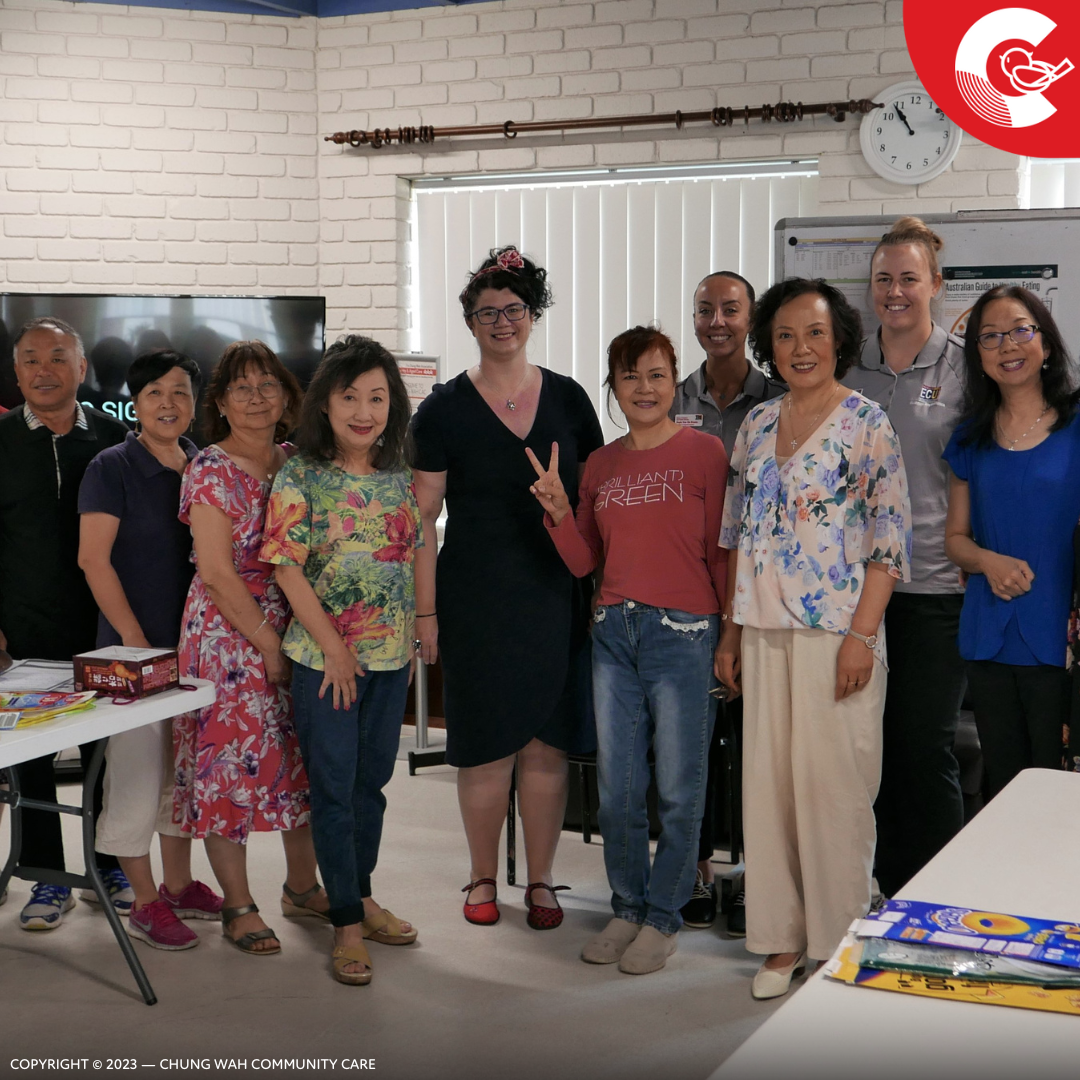
When looking at the Nutrition Facts, we should first examine the number of servings in the package (servings per container) and the serving size. Janine recommends using 100-gram serving sizes to make it easier to compare similar foods. Our guest speakers further elaborate on the fat and sugar aspects. Although fats and sugars are some of the key macro-nutrients, consuming too much can be harmful to our bodies. In fact, excessive saturated fat intake can increase the risk of cardiovascular disease and stroke, while too much sugar can lead to obesity, diabetes, cardiovascular conditions or cancers. In addition, there are different types of saturated fat. Coconut oil, palm oil, butter, margarine, shortening, lard and more is considered "unhealthy fat" in a solid state under room temperature. Janine suggests the "good fat" that is in a liquid form at room temperature is good for us, including olive and sunflower oil. Foods that contain natural sugar, such as fruits and milk products, are also healthier than processed food with sugar added.

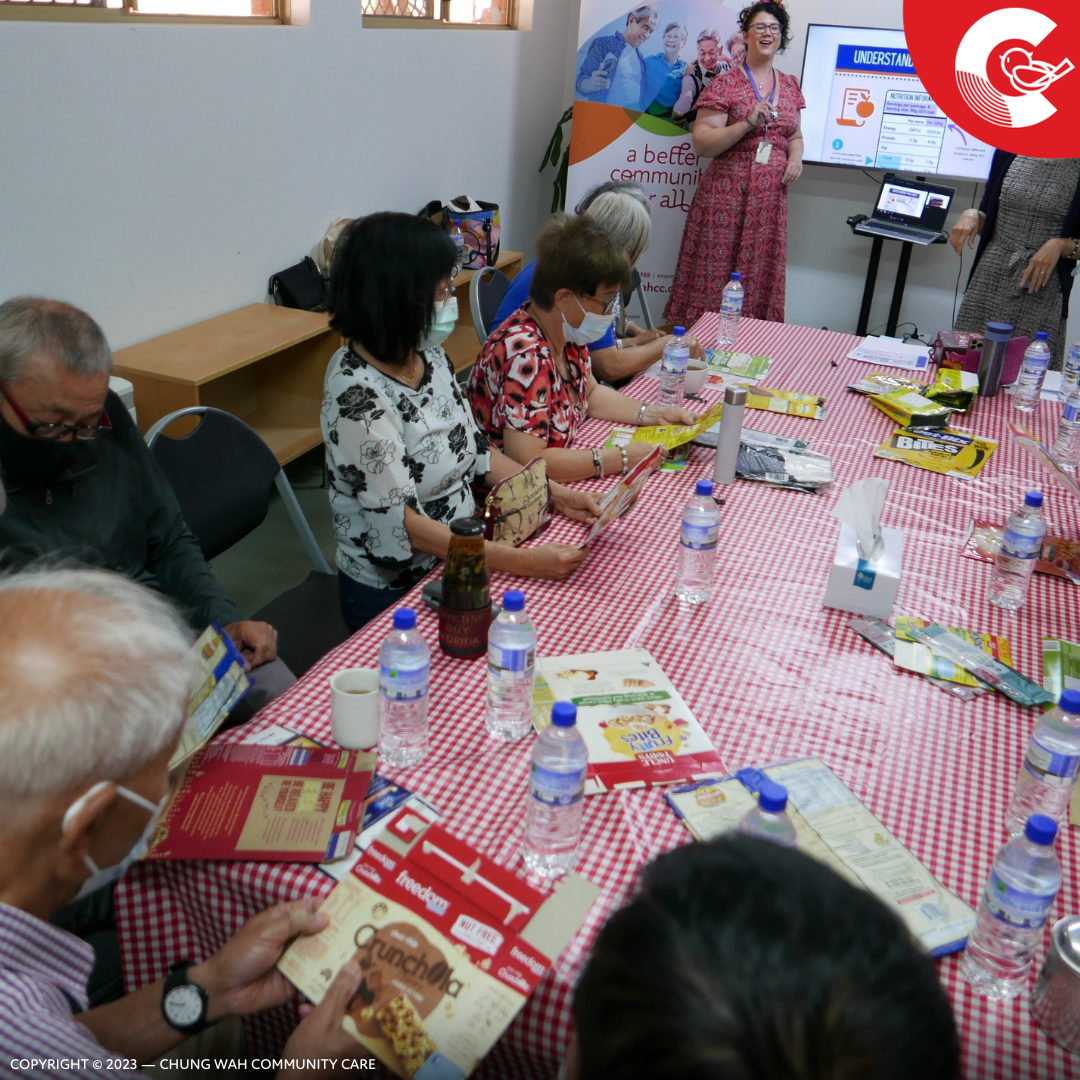
The labels not only contain nutritional information, but the order of the information is crucial as it determines the amount of each ingredient. For example, the ingredient list on a packet of chocolate composited of sugar, solid milk, and wheat flour. This follows by the saturated fat and sugar content being 15.3 grams and 51.1 grams per 100 grams. Our Chung Wah CC volunteers found the information helpful and very insightful. They were enthusiastic about discovering more information on this topic by asking questions during the workshop. A big thanks to Janine and Jenny for educating our volunteers with such valuable information.
Chung Wah has been servicing the WA community since 1909, dedicated to improving the quality of life of individuals from diverse backgrounds. Moreover, Chung Wah CC has over 35 years of professional care experience helping seniors and people with disability improve their well-being and better integrate into the community. In 2023, we're promoting our theme, Embrace, Elevate & Flourish, and build a better community for all.

